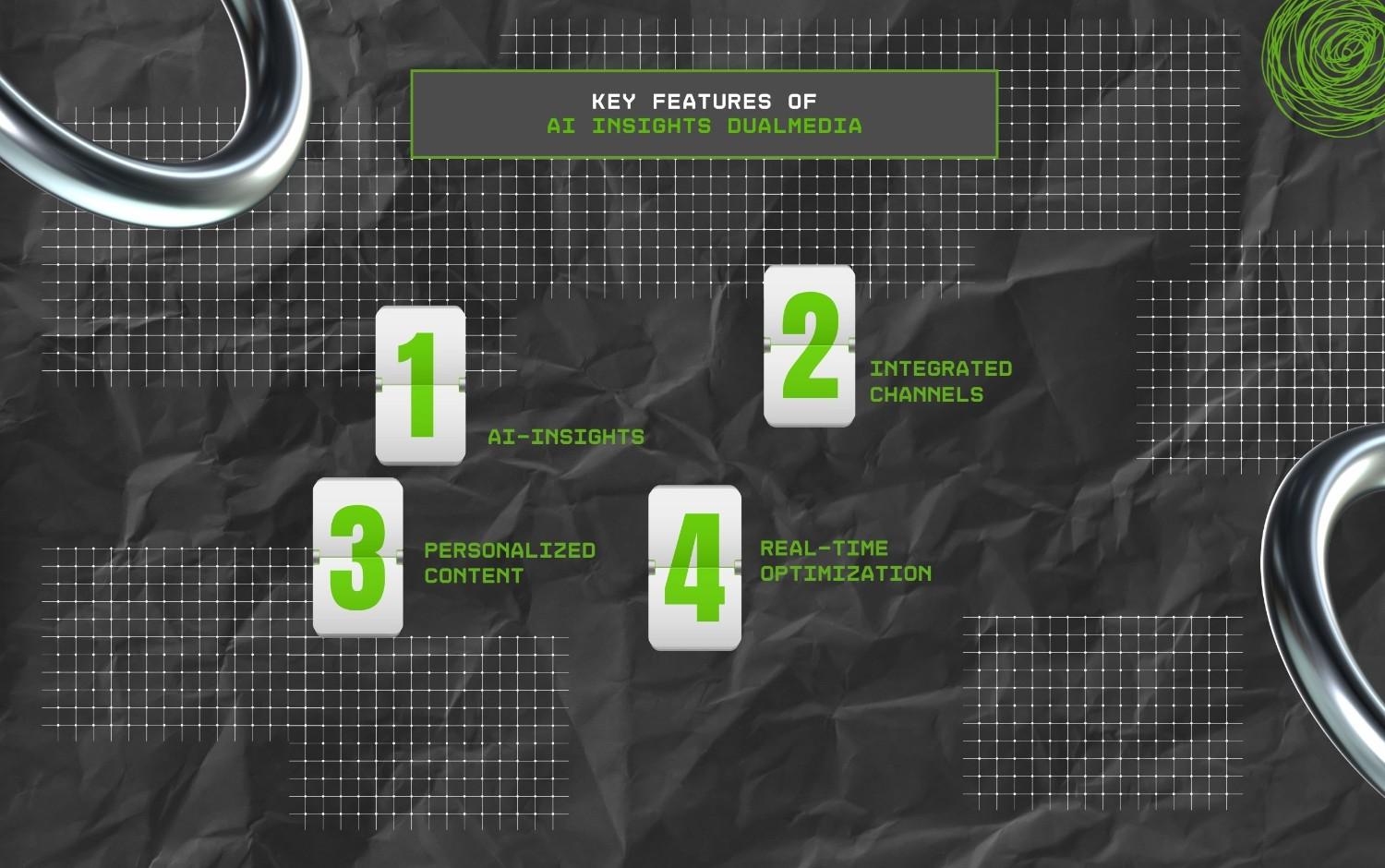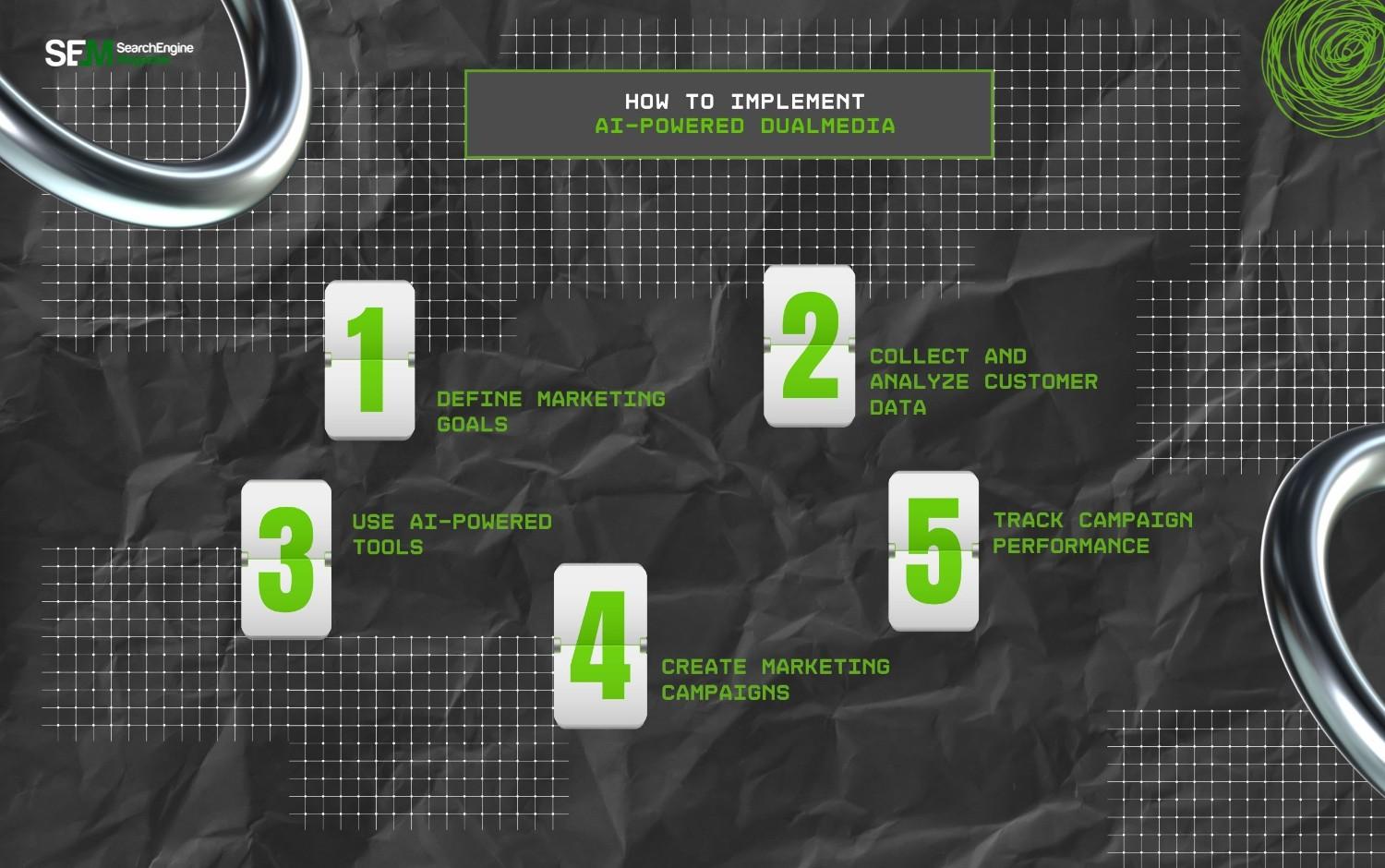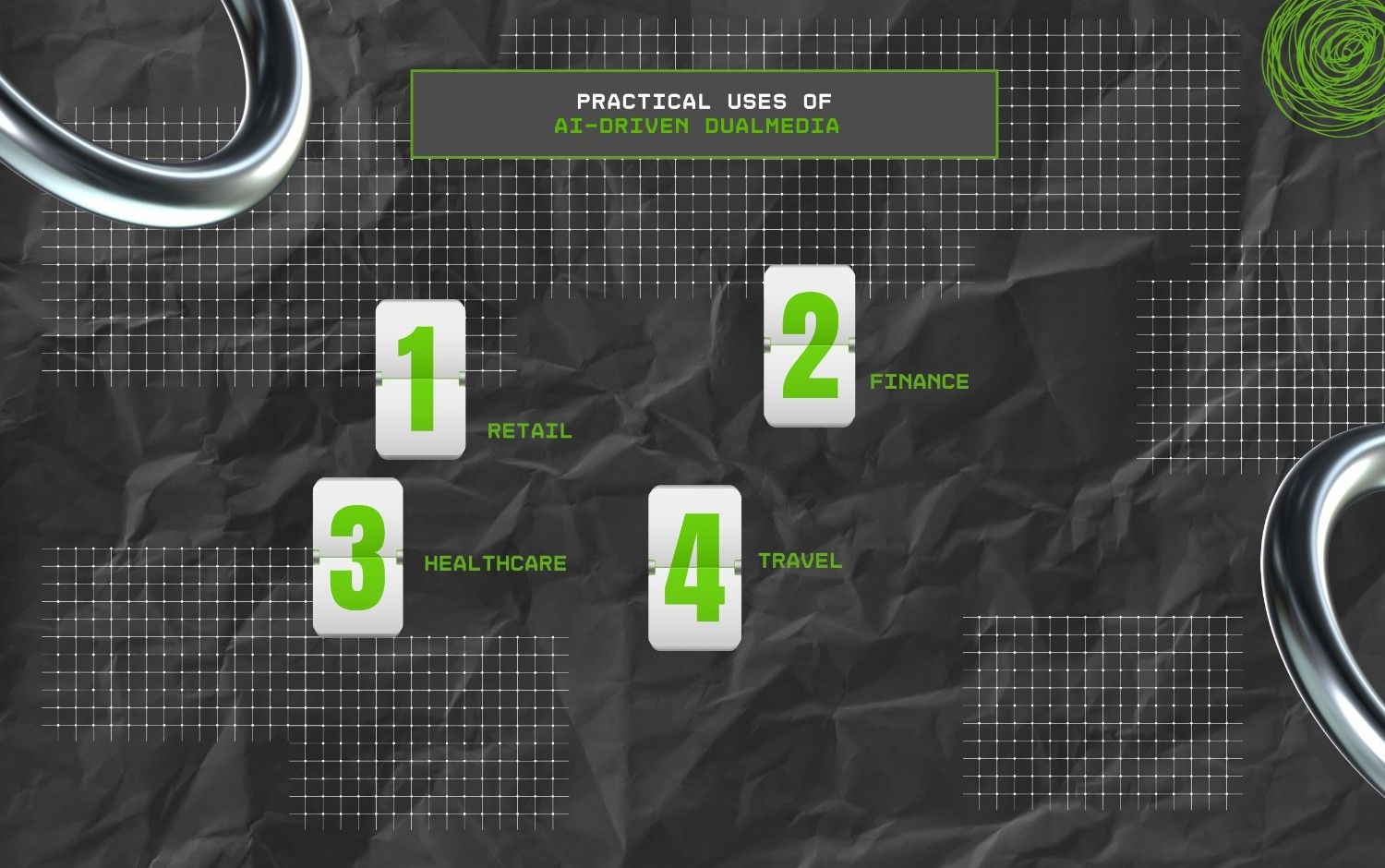What Is 127.0.0.1:49342? Your Internal Device Connectivity Buddy Is Here!
Nov 20, 2025

Nov 20, 2025

Nov 20, 2025

Nov 19, 2025

Nov 19, 2025

Nov 19, 2025

Nov 19, 2025

Nov 19, 2025

Nov 17, 2025
Sorry, but nothing matched your search "". Please try again with some different keywords.


The advent of AI technology has not only evolved the IT industry but it has also expanded its impact across the marketing sector. Transforming how businesses engage with customers.
Currently, AI Insights DualMedia is revolutionizing the marketing world with its dynamic solution. So, by bringing together AI technology in both online and offline marketing strategies, it provides accuracy, scale, and ROI.
Moreover, it provides innovative marketing solutions that are refined and integrated for enterprises to drive results. So, naturally, it has taken the internet by storm.
But the question is— “Is this AI-driven marketing solution really worth the hype?”
Well, that’s what I am going to debunk today. In this blog, I am going to delve into the diverse aspects of AI Insights DualMedia by exploring—
Stay tuned!
First things first, AI Insights DualMedia is a marketing approach. That is, it combines advanced machine learning algorithms with omnichannel topics across diverse digital and traditional media.
Moreover, the AI technology simplifies the entire process of collecting, analyzing, and gathering insights from vast customer data.
So, based on these insights, it is easier to predict consumer behavior, customize their promotional campaigns, and optimize ad spend.

Much of the popularity of this AI-marketing approach lies in the key elements. So, some of the core features include—
Even though it is a cutting-edge marketing approach, AI-powered DualMedia comes with a specific set of pros and cons—
| Pros | Cons |
|---|---|
| 1. Personalizes customer experience based on the AI insights into their behavioral patterns. | 1. Implementation and maintenance of the AI-driven systems can be expensive. |
| 2. Optimizes marketing content in real-time across diverse customer touchpoints. | 2. Issues with the data privacy of users. |
| 3. Improves the effectiveness of marketing campaigns to drive higher ROI. | 3. Lack of human intuition in the marketing content. |
| 4. Automates data collection, analysis, and predictions for better marketing campaigns. | 4. High data dependency means it requires relevant and good-quality data sets. |
Unlike the traditional marketing approach, AI Insights DualMedia brings together both online and offline media channels for marketing campaigns.
So, this diversification of media channels helps in reaching more customers as well as building trust with the consumers.
| Online Media Channels | Offline Media Channels |
|---|---|
| 1. Email Marketing 2. Company and E-commerce Websites 3. Social Media Platforms 4. Mobile Applications 5. Digital Advertisements | 1. Magazines and Newspapers 2. Mail Campaigns 3. Billboards and Outdoor Signs 4. Event Marketing 5. Television Advertisements 6. Radio Announcements |
Generally, the AI analytics and automation create the backbone of the AI Insights DualMedia.
So, through the real-time collection, processing, and analysis of consumer data, it delves deep into identifying behavioral patterns and opportunities for one-on-one customer engagement.
That is, the entire AI workflow for DualMedia includes—

As a mixed marketing model, adopting the AI-driven DualMedia marketing approach requires strategic planning and advanced technical systems.
So, here’s how to implement it step-by-step—
Defining clear marketing objectives by setting measurable goals. So, whether it is customer retention, acquisition, revenue growth, or building value, the goal needs to be clear.
Then, collecting high-quality customer data using proper technical tools. Moreover, verify the data accuracy and clean duplicate records for exact insights.
After that, choose the right AI-powered platform to analyze the data and provide predictions for customer behavior and revenue growth.
Then, properly develop marketing campaigns for both digital media channels and offline media channels. Also, coordinate the timings for driving more audience engagement.
Finally, monitor the performance of the campaigns against the key performance metrics using the AI-generated dashboards. Then, based on the results, adjust the strategies to maximize customer engagement.

Since AI Insights DualMedia provides dynamic marketing benefits, it can be applied across diverse industries in the real world. Some of these include—
Since AI technology is still developing, DualMedia strategies will witness its amplified impact in the future.
For instance, the AI models will further segment customers based on emotions, context, and real-time moods. So, tailoring emails and notification alerts will become hyper-personalized.
Additionally, voice searches and customer support call recordings can be further analyzed to gather insights about customer behavior. So, brands can use the customer’s tone to sound relatable and build familiarity.
That is, the possibility of AI Insights DualMedia transforming marketing is gigantic.
As a blend of the two contradictory marketing approaches, it can revolutionize how businesses promote their products and services.
Now, with this comprehensive knowledge about the AI-driven marketing approach, anyone can develop a strategic marketing campaign.
So, go ahead and use the AI technology to build meaningful customer relationships and grow your business.
Here are some of the common questions on AI insights DualMedia that you can check.
Unlike traditional digital marketing, AI Insights DualMedia provides predictive analytics and combines online and offline digital channels. So, based on those predictions, brands can create campaigns that improve audience engagement and drive higher ROI.
Even though most industries benefit from adopting AI-driven DualMedia strategies, customer-focused businesses benefit the most. So, retail, finance, healthcare, and travel sectors benefit from the AI model, engaging more customers.
Although the AI Insights DualMedia offers countless benefits, it comes with a set of common implementation challenges, which include— quality of data, selecting the right AI models, integrating both online and offline customer touchpoints, and data security.
Read Also:
Barsha is a seasoned digital marketing writer with a focus on SEO, content marketing, and conversion-driven copy. With 7 years of experience in crafting high-performing content for startups, agencies, and established brands, Barsha brings strategic insight and storytelling together to drive online growth. When not writing, Barsha spends time obsessing over conspiracy theories, the latest Google algorithm changes, and content trends.
View all Posts
What Is 127.0.0.1:49342? Your Internal Device...
Nov 20, 2025
Picuki Alternative: Which One To Choose To Vi...
Nov 20, 2025
Imginn: Is This Private Instagram Browsing To...
Nov 19, 2025
Zoho CRM: Is This Customer Management Tool Wo...
Nov 19, 2025
What Does PMO Mean In Text? Decoding Social M...
Nov 19, 2025

